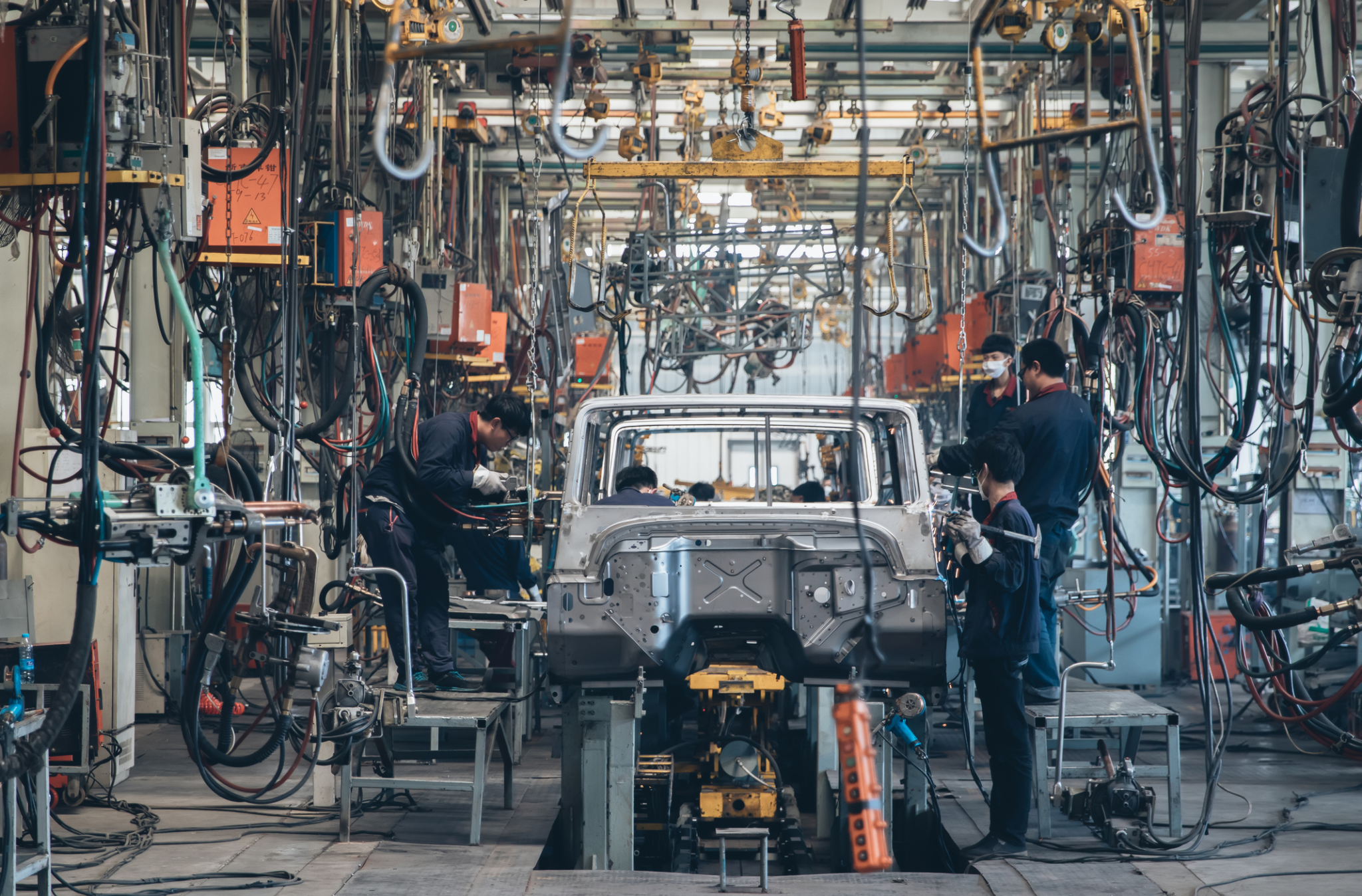
An International Monetary Fund report tries to quantify their impact.
Over the past few decades of its economic rise, China has been regularly critiqued by trading partners for its heavy-handed use of industrial policy – and specifically its use of subsidies – to boost an export-oriented manufacturing sector. A report published by the International Monetary Fund this week attempts to quantify the effects those subsidies have on international trade flows.
“Governments around the world are increasingly resorting to industrial policy and subsidies to steer their economies,” write IMF economists Lorenzo Rotunno and Michele Ruta. “By assessing the importance of China’s subsidies in shaping its exports and imports, we intend to shed light on the implications that China’s industrial policy can have for its trading partners.”
Spoiler: It’s not exactly a shocker to learn the implications have been significant. Still, reports like these do a service because they’re full of illuminating stats and anecdotes.
Working from a database that tracks trade policy announcements by governments around the world – and defines industrial subsidies as “both monetary and in-kind transfers (e.g., state aid and preferential access to land and other factors of production), and policies that entail a transfer of risk to the government (e.g., loans and loan guarantees), and losses in government revenues (tax breaks)” – the paper finds Beijing far outpaces trade partners and rivals alike in the volume of measures introduced between 2009 and 2022.
“By 2022, we count 5,400 subsidy measures introduced since 2009 and in force, which corresponds to two thirds of the total number of subsidy measures by G20 (advanced economies) in 2022,” write Rotunno and Ruta. “Subsidies are by far the most popular industrial policy instrument for China – they represent to 95% of all trade distortive … policies implemented by the country over 2009-2022.”
Their analysis shows the subsidies tend to be concentrated. Twenty percent of sectors receiving subsidies received over 50% of them, the report found. And the products and sectors targeted by these subsidies vary over time.
“In the earlier period of our sample, subsidies targeted more traditional industries such as mining of metal, paper and textile, while products such as solar panels, batteries and electric vehicles have been more frequent targets of new subsidies towards the end of the sample,” reads the report. That tracks closely with a recent report prepared by the Alliance for American Manufacturing on overcapacity in many of those industries.
The IMF paper finds subsidies significantly boost China’s exports: “Our estimates suggest that exports of subsidized products from China to other G20 emerging economies are 2.1% higher after the subsidy than exports of other products to the same destinations,” it reads.
It also finds China’s subsidies for its industries effectively reduce imports. “China’s subsidies are found to depress imports of targeted products relative to imports of non-subsidized products – an effect that is not found for other countries,” the authors argue.
The paper also teases out whether subsidies of Chinese products from industries in a state of overcapacity led to increased export quantities and lower prices – like what’s happened in metal manufacturing sectors like steel – or instead increased both quantities and prices, which the paper argues has happened in “electrical machinery” products like advanced batteries and solar cells.
A revealing anecdote, however, comes when the paper details what it calls the “indirect” effects of subsidies on the industries up and downstream of where they are applied.
“The results reveal strong effects of subsidies propagating from upstream industries,” argue Rotunno and Ruta. “More subsidies given to supplying industries are associated with higher exports in the buying industry.”
They continue:
To appreciate the implied magnitudes of our estimates, consider the case of subsidies provided to the steel industry, which is the main supplier of inputs to the automotive industry (10 % of its total costs). The empirical results imply that increasing subsidies to steel by the number observed over 2015-2022 is associated with a 3.5% increase in exports of autos from China.
The heavy subsidies afforded to the Chinese steel industry contributed to a 3.5% increase in Chinese auto exports. That’s not nothing!
You can find the IMF report on the effects of Chinese industrial subsidies here.
